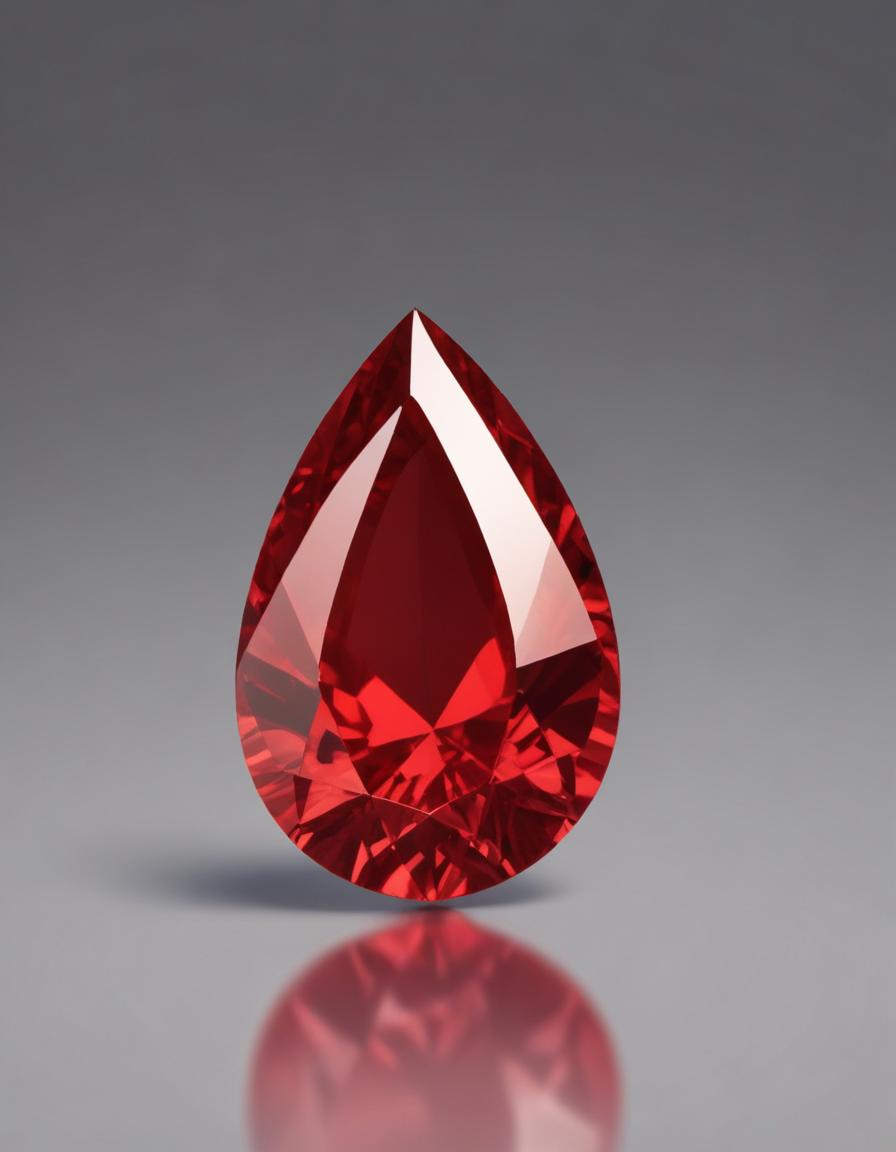- No products in the list
Coloured Diamonds
Red diamonds are the rarest and most expensive among naturally coloured diamonds. Factors such as shape, size, colour, and clarity determine their value. Pure red diamonds are composed solely of carbon, without impurities, making their vibrant colour even more remarkable.
The colour of a diamond is a crucial determinant of its value, especially for exceptionally rare and naturally coloured diamonds. Red diamonds are among the rarest, with only a few discovered each year. Until the late 1980s, these gems were not highly sought after. This changed dramatically in April 1987 when a red diamond weighing less than one carat sold for a million dollars at auction, capturing global attention.
Diamonds form from highly organized carbon atoms. Unlike other coloured diamonds that derive their hues from impurities, red diamonds are pure carbon. A slight deformation in the crystal lattice of the carbon atoms causes the red colour. During diamond formation, light bends as it passes through the crystal, reflecting a ruby-like red hue. Among the 230 possible combinations of fancy-coloured diamonds, red is the rarest.
Red diamonds are found in a few select locations worldwide:
- India
- Russia
- Australia
- South Africa
- Brazil
The Argyle mine in Australia is particularly notable, contributing to nearly 90% of the world’s coloured diamonds. Other significant producers include Russia, India, and Brazil.
The Moussaieff Red Diamond, weighing 5.11 carats, stands out as the largest known red diamond. Initially called the “Red Shield,” it was acquired by renowned jeweler Shlomo Moussaieff for about $8 million in the early 2000s. This diamond’s sale highlighted the extreme rarity and high value of larger red diamonds.
Red diamonds symbolize strength, passion, and love, enhancing their allure. Despite being mined in multiple countries, only about 30 red diamonds have ever been discovered. Some of the most famous red diamonds include:
Red diamonds are graded based on their colour intensity. The Gemological Institute of America (GIA) assigns a unique grade to red diamonds: Fancy Red is the only intensity grade for red diamonds. The deeper and more saturated the red colour, the higher the diamond’s value. Secondary colours like orange, brown, and purple can also be present, adding to the diamond’s complexity and beauty.
Several factors contribute to the increasing value and rarity of red diamonds:
Red diamonds are purely composed of carbon, with their red hue resulting from slight deformations in the crystal lattice. This unique formation process adds to their rarity and desirability.
Red diamonds are primarily found in a few locations, including India, Russia, Australia, South Africa, and Brazil. The Argyle mine in Australia, which produces about 90% of the world’s coloured diamonds, is a significant source of red diamonds. However, the mine’s impending closure adds to the scarcity of these gems.
The rarity of red diamonds, coupled with their increasing popularity among collectors and investors, drives up their market value. The limited number of high-quality red diamonds (about 30 known examples) makes them highly sought after.
Natural fancy red diamonds are incredibly valuable, offering significant returns to investors. Most red diamonds are less than one carat, with only a few exceeding five carats. Due to their extreme rarity, red diamonds’ per-carat price is significantly higher than other coloured diamonds, sometimes by as much as 400%. Since the groundbreaking auction in 1987, red diamonds have seen a remarkable increase in value and interest. Key sales include:
- 2007: A 2.26-carat Fancy Purplish Red diamond was sold at a Geneva auction for approximately $1.18 million per carat, emphasizing the growing market for these rare gems.
- 2013: A 2.11-carat red diamond fetched around $2 million per carat at auction, illustrating the rapid appreciation in value over just a few years.
- 2014: The sale of a 2.09-carat red diamond in Hong Kong for a record $2.44 million per carat (totaling $5.1 million) set a new benchmark for red diamond prices.

Among the rarest red diamonds are the Fancy Red and Purplish Red diamonds. Only two red diamonds weighing over two carats have been auctioned, highlighting their scarcity. Most red diamonds come from the Argyle Mine, which is nearing closure, likely driving prices even higher. Experts predict that red diamond prices will continue to rise, potentially doubling in the future.
Red diamonds, the rarest of all naturally coloured diamonds, hold a unique place in the world of gemstones. Their stunning colour, combined with extreme scarcity, makes them highly sought after by collectors and investors alike. With prices steadily increasing and discoveries being exceedingly rare, red diamonds represent both a remarkable natural wonder and a valuable investment.
Only a few will ever hold a red diamond. And that’s the point. They’re fire in crystal form—rare, defiant, unforgettable. Each one feels alive. We understand what rarity means. It’s not just about price. It’s about passion. And red diamonds embody it perfectly.